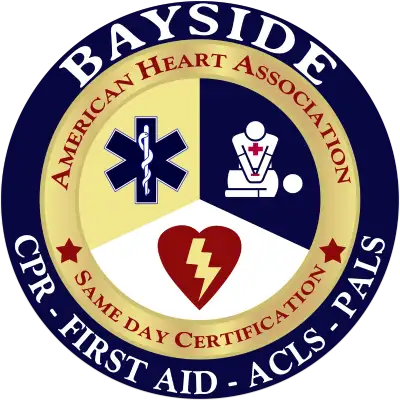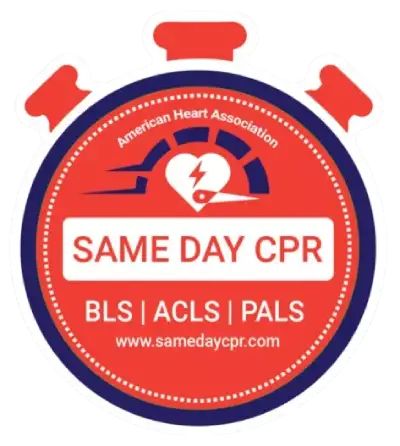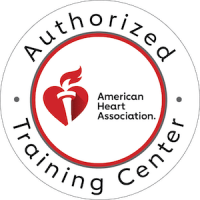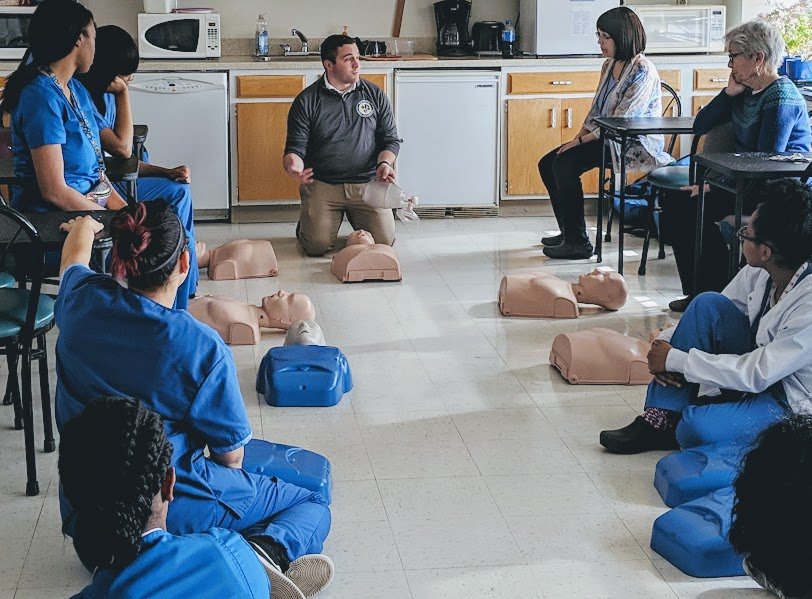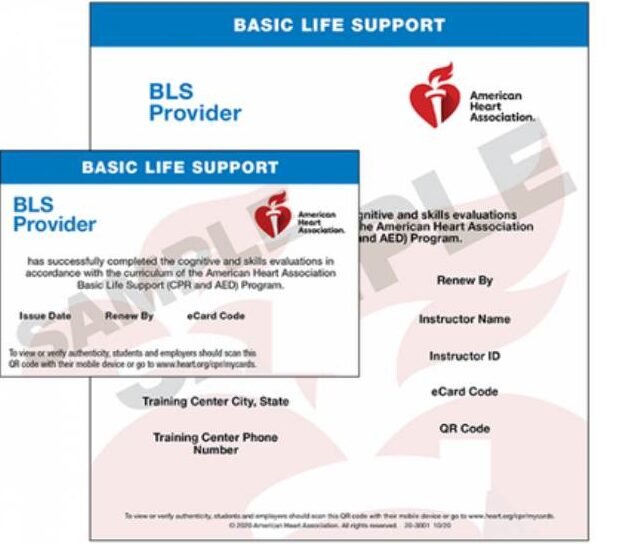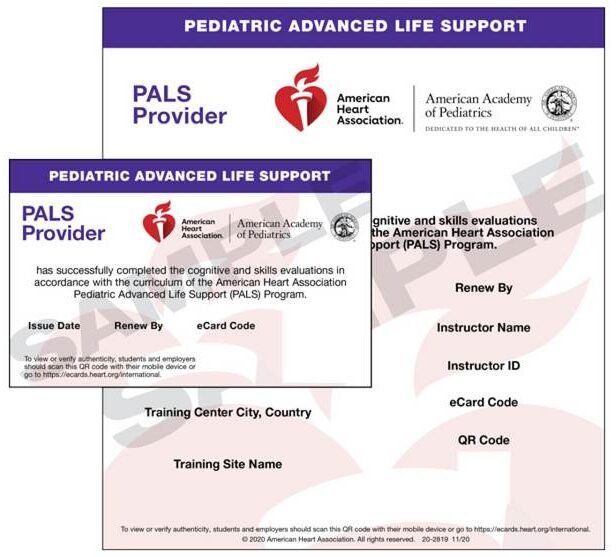CPR (Cardiopulmonary Resuscitation) is a life-saving technique used during emergencies when someone’s heart has stopped beating. It involves giving chest compressions and rescue breaths to keep blood and oxygen flowing to vital organs, especially the brain. While CPR can make a huge difference in survival, many people wonder: Does the rib cage break during CPR? The short answer is Yes, it can happen.
Let’s explore why rib fractures might occur, and whether you should still perform CPR if someone needs help.
Why Do Ribs Sometimes Break During CPR?
The goal of CPR is to compress the chest deep enough to pump blood effectively. This often requires pressing about 2 inches (5 cm) deep for adults. Since the rib cage is made up of bones and cartilage, applying that much pressure can sometimes cause ribs or the sternum (breastbone) to crack or break.
Here are a few reasons why this can happen:
- Force Needed: To be effective, CPR needs firm and rapid compressions. This can stress the rib cage, especially in older adults.
- Age and Bone Strength: Elderly people or those with medical conditions like osteoporosis have more fragile bones, making fractures more likely.
- Proper Hand Placement: Even with the right technique, rib injuries can still occur due to the pressure required to keep someone alive.
Is It Normal for Ribs to Break During CPR?
Yes, rib fractures during CPR are not uncommon. In fact, studies have shown that a significant number of people who receive CPR, especially from trained responders, experience some kind of chest injury, including cracked ribs or a broken sternum. While this may sound alarming, it’s important to understand that broken ribs are not as serious as death from cardiac arrest.
In simple terms: a cracked rib is a small price to pay for a chance at survival.
Should You Stop CPR if You Hear a Crack?
If you’re performing CPR and you hear a “crack” or feel a pop, do not stop. This sound might indicate a rib has fractured, but the person you’re helping still needs blood and oxygen. Keep going with the compressions unless:
- The person starts breathing normally again
- Emergency medical help arrives and takes over
- You’re physically unable to continue
Remember: a broken rib can heal. A heart that has stopped cannot restart on its own.
Can You Reduce the Risk of Rib Injury?
While rib fractures can happen, using the correct CPR technique can lower the risk of injury:
- Place your hands in the center of the chest, right between the nipples
- Keep your elbows straight and use your upper body weight for compressions
- Compress at the correct depth and rhythm, about 100 to 120 compressions per minute
Proper training and regular practice through CPR certification courses can help you feel more confident in your technique.
What Happens After a Rib Break?
If the person survives, any rib or chest injuries can usually be managed. A broken rib may cause some pain, especially when breathing or coughing, but it typically heals on its own over several weeks. In some cases, a doctor may order imaging tests to check for damage and give pain relief or breathing support if needed.
For trained responders, rib fractures are considered an acceptable and expected outcome when performing high-quality CPR.
Final Thoughts: Life Over Injury
It’s natural to feel nervous about the idea of hurting someone while trying to save their life. But the truth is, CPR saves lives, even if it results in a broken rib or two. Choosing not to perform CPR, on the other hand, can be far more dangerous.
If someone is unresponsive and not breathing, don’t hesitate. Call emergency services and begin CPR right away. Your quick action could mean the difference between life and death.
